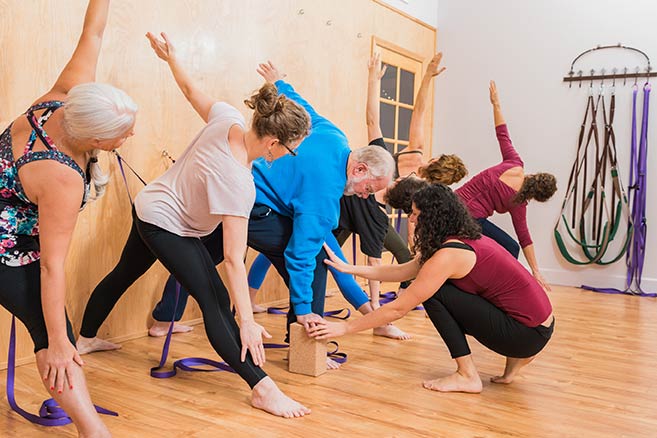
Living with pain and fatigue can make movement feel daunting. However, engaging in the right kind of exercise is crucial for alleviating discomfort and revitalizing your energy levels. For individuals grappling with Fibromyalgia, regular, gentle movement can enhance blood circulation, balance blood sugar, aid digestion, and uplift mood, providing a pathway out of pain and fatigue.
Quick Links to the Sections Below
Understanding the Challenge
Recognizing the difficulty in initiating movement when in pain is essential. Often, attempts at exercise can result in increased pain, fatigue, and a prolonged recovery period. Such adverse outcomes can be minimized by engaging in appropriate exercises with the right intensity.
Finding the Right Balance
Living with chronic illness often feels like navigating life with an empty tank. Your energy reserves are depleted, and the wrong type of exercise might empty them further, leaving you more exhausted and in pain. The key is finding a balanced approach to exercise – one that adds to your ‘energy tank’, not depletes it further
Consistent, low-intensity activities can be incorporated into your daily or bi-daily routine, promoting gradual and sustainable improvement.
The Right Exercise
Ease into It
Begin with non-intensive activities that promote relaxation and gradual improvement without causing further fatigue. For example, foot soaks are not only soothing but also effective in enhancing blood circulation. The warmth can help expand the blood vessels, increasing the blood flow to extremities and thereby alleviating pain. Incorporating intentional breathing exercises during foot soaks can further aid in activating your lymphatic system. Gentle contractions of the calf muscles, while soaking, can stimulate metabolism and help balance blood sugar levels, providing a supportive foundation for more active exercises as your strength and endurance improve.
Shaking Exercises
Shaking exercises offer a gentle way to increase exercise intensity. Starting with small, comfortable movements and progressively intensifying as you feel able can effectively stimulate blood flow, combat fatigue, and activate muscles in a way that is gentle and supportive to your body’s needs. Improved circulation from these exercises delivers more oxygen and nutrients to your cells while helping to remove waste products, aiding in overall energy improvement and recovery.
Patting Exercises
Patting exercises not only stimulate the skin and muscles but are also beneficial for the lymphatic system. The lymphatic system, a network of tissues and organs, helps rid the body of toxins and waste. It relies heavily on physical movement to transport the lymph fluid. Patting and self-massage techniques can help move this fluid, reducing swelling and improving your body’s ability to fight infection and disease.
Gentle Stretching Exercises
Following patting exercises, incorporate gentle stretching into your routine. Stretching can help reduce inflammation in the body, a common issue with chronic illnesses. It also assists in balancing the nervous system, offering relaxation and a reduction in pain. Gentle stretching of the connective tissues helps release tension, providing a sense of relief and relaxation, while deep, controlled breathing during stretching can help further activate the parasympathetic nervous system, promoting a state of calmness and relaxation in the body.
Exercise Tips
- Always stop exercising while still feeling good.
- Avoid over-exertion and tiredness. Given that chronic pain and fatigue often accompany a stressed and tired body, it’s important to ensure these exercises support rather than strain your system.
Goal of These Exercises
Improving Microcirculation
Microcirculation refers to the flow of blood through the smallest blood vessels in the body, which includes capillaries, arterioles, and venules. These microscopic vessels are crucial for delivering oxygen and nutrients to the tissues and removing waste products. In conditions like Fibromyalgia, there’s observed impairment in microcirculation, leading to inadequate supply and removal processes in the body’s tissues
Improving microcirculation through gentle exercises can hence optimize the delivery of nutrients and oxygen to cells, facilitating better cellular function and tissue repair. Enhanced microcirculation also contributes to alleviating pain and fatigue experienced by Fibromyalgia patients, as it fosters efficient waste removal and decreases inflammation in the body’s tissue.
Boosting Lymphatic Flow
The lymphatic system plays a pivotal role in maintaining the body’s fluid balance and defending against infections. Unlike the cardiovascular system, the lymphatic system lacks a central pump; instead, it relies on muscle contractions and movements to propel lymph fluids through the body.
For Fibromyalgia patients, encouraging lymphatic flow is essential for reducing swelling and inflammation often associated with the condition. Gentle movements serve as a catalyst for this system, helping transport lymph fluid effectively, thereby aiding in the elimination of waste and toxins from the body. This process, in turn, supports the immune system and helps in mitigating the symptoms of Fibromyalgia.
Balancing the Nervous System
Fibromyalgia patients often exhibit an overactive sympathetic nervous system, which is the part responsible for the ‘fight or flight’ response. An imbalance in the nervous system can exacerbate pain and stress levels in the body. Gentle stretching and mindful breathing exercises can aid in rebalancing the nervous system, promoting relaxation and stress reduction.
Breathing exercises, in particular, serve as a bridge between the conscious and unconscious functions of the body. Long, slow exhalations can stimulate the parasympathetic nervous system, or the ‘rest and digest’ system, facilitating a state of calmness and relaxation. These exercises can also ease muscle tension and contribute to better sleep, which is crucial for individuals with Fibromyalgia.
Don't Give Up
Through an understanding of and focus on improving microcirculation, boosting lymphatic flow, and balancing the nervous system, individuals suffering from Fibromyalgia can experience significant relief from their symptoms. Incorporating gentle, intentional movements into one’s daily routine can be a transformative approach to managing Fibromyalgia, promoting not only pain relief but also an enhanced sense of overall well-being and quality of life.
Free Yoga Class!
Are you living with chronic pain? Seeking a supportive community and expert guidance to reintroduce movement into your life gently? Look no further! Jocela Mae Crawford’s Yoga Class is meticulously crafted for individuals like you – those ready to ease into a space of healing and tranquility.
- Designed for All Levels!
Whether you’re a beginner or an experienced yogi, Jocela’s class embraces participants of all levels, providing a nurturing environment where you can move at your own pace, honoring and listening to your body every step of the way. - Safe and supportive!
Safety and encouragement are at the heart of every session. Engage in practices specifically tailored to alleviate chronic pain, with careful attention to your unique needs and limitations. Here, you aren’t just another participant; you’re a valued member of a community that understands and supports your healing journey. - Virtual & In-Person Options!
Flexibility is key! With both virtual and in-person classes, engage in revitalizing yoga from the comfort of your home or within the energizing atmosphere of our studio. The choice is yours!
About the Author
Brehan Crawford, based in McMinnville, Oregon, is a distinguished clinician specializing in the treatment of chronic conditions, particularly Lyme Disease and its coinfections. After earning his Master’s degree in Acupuncture and Oriental Medicine from the Oregon College of Oriental Medicine in 2009, he deepened his expertise with a 5-year residency under the mentorship of the renowned Dr. Heiner Fruehauf at the Hai Shan Clinic. A Diplomate of Oriental Medicine from the NCCAOM, Brehan has pioneered innovative methods using Traditional Chinese Medicine for chronic infections. Known for mentoring other professionals, he regularly imparts knowledge on advanced Chinese herbal medicine applications. Beyond his clinical pursuits, Brehan enjoys singing, cooking, and hiking.



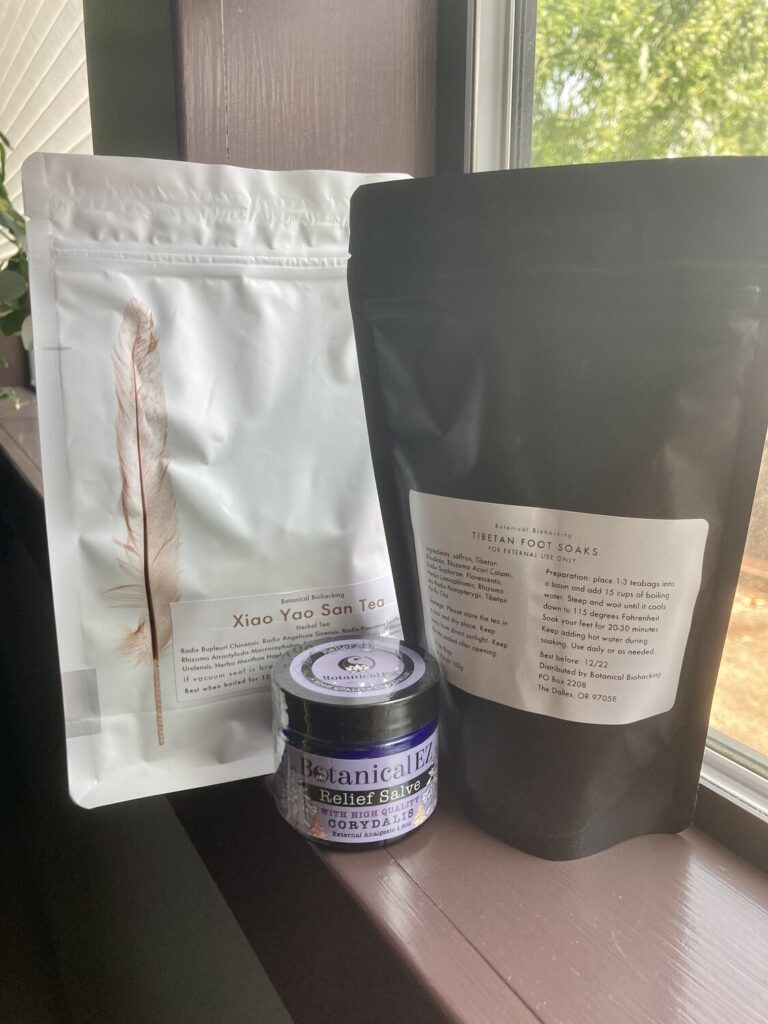
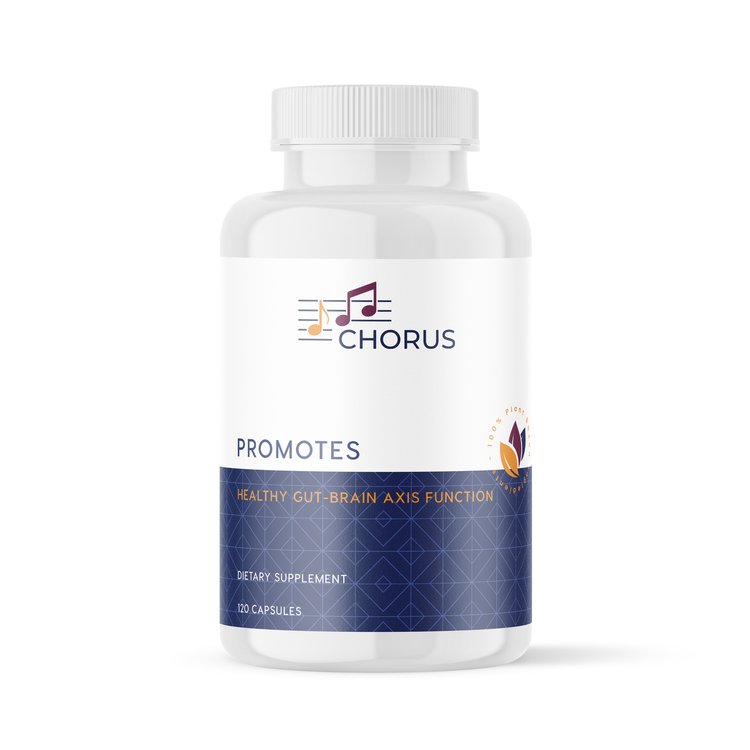

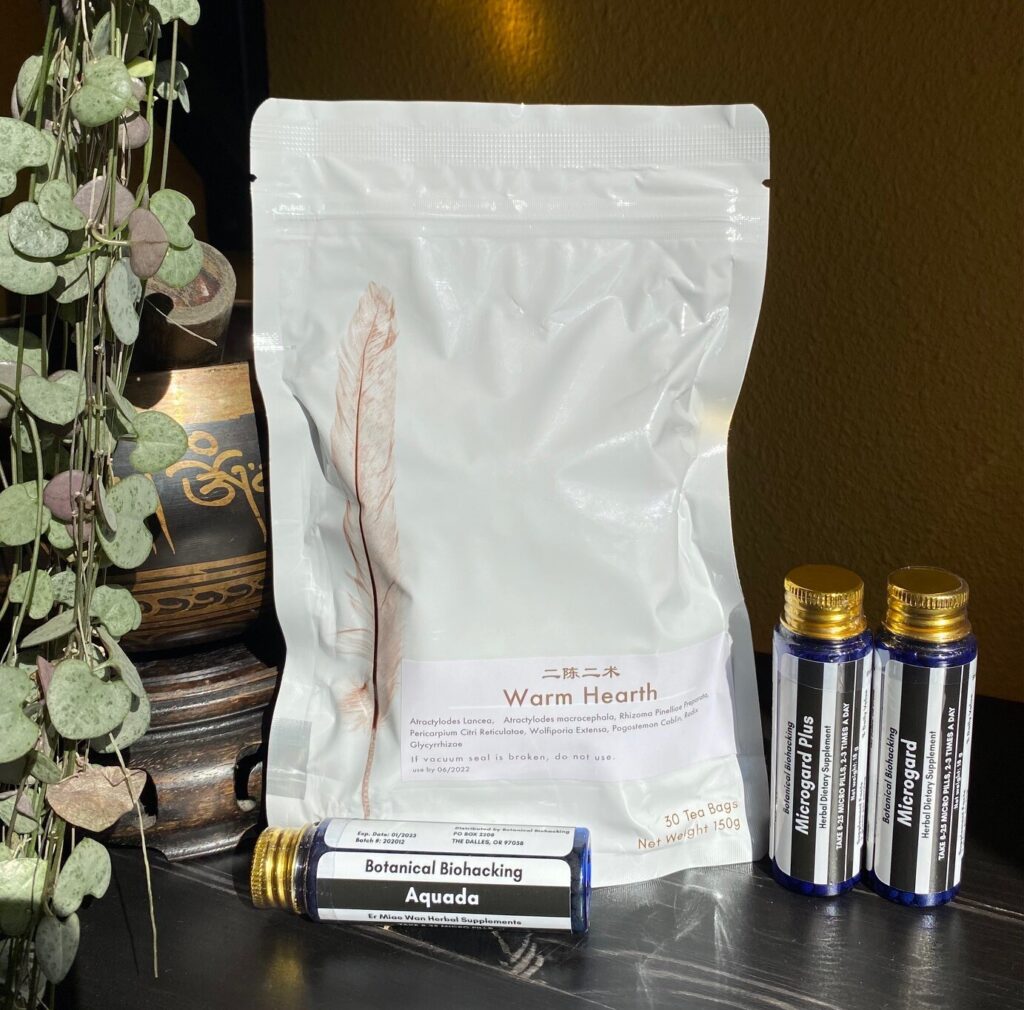

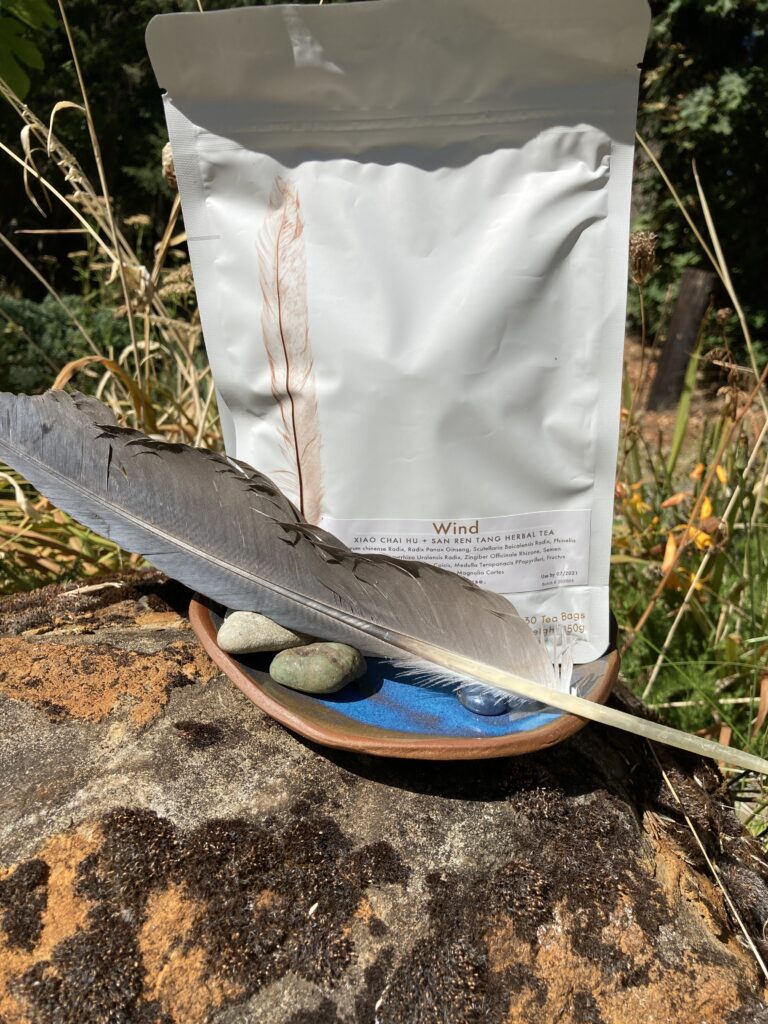


Recent Comments